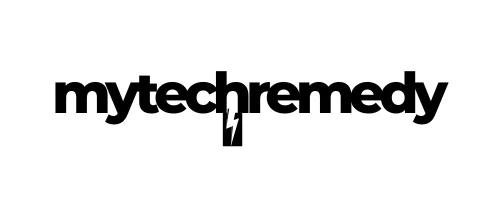Understanding the Amazon Referral Fee: An Intern’s Guide to Ecommerce
Let’s face it, tackling the intricacies of ecommerce can feel like trying to understand an alien language. Amidst this labyrinth, there exists a key player: the Amazon referral fee. Imagine it as a toll bridge for sellers, a necessary cost to access the vast marketplace that is Amazon. But why does this toll exist, and how does it impact you as a seller?
The Mechanics of the Amazon Referral Fee
Think of the referral fee as Amazon’s cut for letting you set up shop in its bustling digital bazaar. It’s a percentage of the total sale price (excluding shipping) that varies by product category. Kind of like paying rent, but instead of square footage, you’re leasing a slice of Amazon’s immense reach and customer trust. The percentages can range from a modest 6% to a more substantial 45%, depending on the product category. This variation is akin to different departments in a store having different overhead costs.
Why Does This Matter for Sellers?
For sellers, understanding this fee is crucial. It’s not just another line item in the costs ledger; it influences pricing strategies, profit margins, and ultimately, competitiveness. This fee can be the difference between a product being a bestseller or gathering digital dust. In the grand scheme of ecommerce, it’s a lever that can tilt the scales of profitability.
Transformative Potential of Understanding Referral Fees
Here’s where things get transformative. By grasping the nuances of the Amazon referral fee, sellers can better strategize their product listings. Much like an intern learning the ropes of a complex project, sellers armed with this knowledge can navigate the Amazon ecosystem more effectively. They can identify which products are worth the investment and which might be a heavier lift due to higher fees. This insight can lead to smarter decision-making and more agile business operations.
Turning Knowledge into Action
So, how can you leverage this understanding to improve your ecommerce game? Firstly, break down the referral fees by product category. This data acts as a compass, guiding where to invest your efforts and capital. Consider focusing on categories with lower referral fees if your margins are slim, or find ways to add value to justify higher fees in more expensive categories.
Additionally, incorporate these fees into your pricing strategies. An AI-powered tool could help dynamically adjust prices based on these costs to maintain competitiveness. Platforms like JumpSend can also assist in automating pricing strategies and promotional campaigns, ensuring your listings remain competitive in Amazon’s dynamic marketplace. Think of it as having an AI intern that helps you keep your business nimble and responsive.
Finally, regularly review the fee structure. Amazon periodically updates its referral fees, and staying informed can prevent unexpected hits to your bottom line. To explore more ways to enhance your Amazon business, check out Tech Solutions: How to Make Passive Income on Amazon.
Actionable Recommendations
- Analyze the referral fees for your product categories regularly.
- Integrate fee structures into your pricing models using AI tools for dynamic pricing.
- Stay updated on Amazon’s fee changes to adapt your strategies promptly.
By treating the Amazon referral fee as a crucial element of your ecommerce strategy, you can transform potential obstacles into opportunities for growth. If you’re looking to master these nuances, enrolling in the best Amazon FBA course can provide you with expert insights on maximizing profits and optimizing your pricing strategy. Much like an intern who surprises you with a fresh perspective, this knowledge can lead to unexpected breakthroughs in your business operations.
Checkout ProductScope AI’s Studio (and get 200 free studio credits)
